方案详情文
智能文字提取功能测试中
analytikjena Fields of Application / Industry: Chemistry / Polymer Industry Clinical Chemistry / Medicine /Hygiene/ Health Care Electronics Semi-Conductor Technology Energy Environment / Water / Waste Geology / Mining Food / Agriculture Metallurgy / Galvanization Refineries / Petrochemistry Pharmacv Cosmetics Material Analysis Others Purgeable Organic Carbon (POC)- a Typical Analytical Sum Parameterin Sum Parameter Analysis Author::Dr. Christiane Ehrling, Leiterin Forschung & Entwicklung, AJ IDCGerateentwicklungsgesellschaft mbH,Langewiesen The determination of volatile organic hydrocarbon compounds is of increasing importance in TOCanalysis. The POC parameter allows the assessment of volatile compound emissions, e.g. into theexhaust air at the point of origin of the wastewater. This is important, e.g. in closed wastewaterchannels, to avoid the risk of explosion or to assess the escape of pollutants into the air thatoriginate from the sewer system and purification plants. POC-Purgeable Organic Carbon Purgeable Organic Carbon (POC) is the sum of all the volatile organic hydrocarbons contained inwater. It serves as a measure for the concentration of organic compounds that have the potentialof passing from the aqueous to the gas phase. No indication of the type of purgeable compoundsis obtained. Purging of the readily volatile organic hydrocarbon compounds takes place underdefined conditions, i.e. the POC is an analytical sum parameter. [1] The POC technique Abbreviations TC Total Carbon TOC Total Organic Carbon TIC Total Inorganic Carbon NPOC Non Purgeable Organic Carbon POC Purgeable Organic Carbon POC can be determined indirectly according to Equation (1). POC=TC-TIC-NPOC Equation 1 The POC content is thus calculated from the two separate results from the TOC and NPOCdeterminations for the respective samples. However, since this method of determination is basedon a calculated difference, it is not very suitable for determining POC given a high TIC content.The multi N/C3100 POC modules allow simple and direct determination of POC content. A specialpurging vessel is integrated into the gas flow upstream from the combustion unit. The sample isdosed into the POC vessel, and volatile organic and inorganic substances are expelled. The CO2 isthen bound to LiOH in an absorption tube. The remaining organic substances are passed to thehigh temperature reactor where they are thermocatalytically converted to CO2. The detection ofCO2 takes place conventionally with NDIR. Fig. 1 Schematic representation of the POC technique The following analyses were carried out on a multi N/C 3100 with a POC module (Figure 2). Fig. T2OC analyzer multi N/C 3100 POC option easy to retrofit The POC add-on module is easy to integrate into the gas line of a multi N/C 3100. Two modulesare available- both a manual and a fully automated version. The manual module can be retrofittedon site by the user with minimal difficulty. The fully automated version comes equipped ex factory. Fig. 3: POC modules; left: manual module; right: automated module for mounting on the sampler Basic principles The passage of a substance from the aqueous phase into the gas phase is determined by thevapor pressure of the pure substance and the solubility of the substance in the aqueous phase. Atlow concentrations, the vapor pressure of the dissolved substance is proportional to the watersolubility. The proportionality factor is the Henry constant ky. Equation (2) specifies a possiblenotation. C; Equation 2 hHenry constant in Pa*m3/molp Partial pressure of the substance in the gas phase in Pa Concentration of the substance i in the liquid phase in mol/L The equilibrium distribution of a substance between the aqueous and the gaseous phases can bedescribed quantitatively using the Henry constant k. This is a measure of the volatility of asubstance from the water medium. Henry constants can therefore be drawn upon to assess thevolatility of substances. In general: k> 100 Pa*m/mol=substance with high volatility k< 1 Pa*m3/mol= substance with low volatility Figure 4 shows the purging properties of various substances for analysis with a multi N/C 3100.Substances with high values for the Henry constant and vapor pressure are expelled much fasterthan substances with lower values. Fig. 4: POC determination of various substances using the multi N/C 3100 with an LiOH absorber,V(sample)=1 mL The following Table 1 gathers together Henry constants, vapor pressures and water solubility forseveral compounds. Substance Henry constant Vapor pressure Solubility in water[g/](20℃) [3] [Pa*m3/mol] (25°C)[2] [hPa] (20°C) [3] Toluene 480...780 29 0,52 Anisole 400 3,5 1,5-1,7 Dichloromethane 120...330 475 20 4-methyl-2- pentanone 19 ...46 20 18-20 Ethyl acetate 11...22 97 85,3 Acetone 2,9...4,6 233 soluble Methanol 0,44...0,77 128 soluble Acetic acid 0,01.... 0,1 15,4 soluble Table 1 The Henry constant is temperature dependent. The temperature dependence of ky is substance-specific, and is determined by the temperature dependence of the water solubility and of the vaporpressure for the particular substance. The effect of reaction conditions on purging properties Purgeability also depends on the matrix and the purging conditions. A change in pH can affectwhich compounds are expelled and therefore detected. The purging process can be retarded oraccelerated by changing the ionic strength. The multi N/C 3100 offers the option of adapting the reaction conditions within certain limitsaccording to the application. The addition of a reagent (acid, base, salt solution) to the sample canbe stipulated in the method. This solution is then automatically dosed into the POC vessel(Figure 5). Fig. 5: Configuration method If an LiOH absorber is used to remove CO2 from the strip gas, substances that react with LiOH(e.g. carboxylic acid esters) will be underdetected. Purge flow, sample volumes and purgetemperature also have an influence. Sampling and sample handling Due to the volatility of the substances to be determined, the handling of POC samples and POCstandards requires special attention. Sample vials must be completely filled and immediatelysealed tight with a septum cap to minimize the loss of volatile compounds. Transfers of thesamples should be avoided. It is preferable to measure the sample directly from the septum vials.The multi N/C 3100 is equipped with a special cannula for this purpose. As soon as a gas space is formed in the sample vessel, an equilibrium distribution will beestablished between the liquid and the gas. For very volatile compounds, the POC content in thesolution declines markedly. This was investigated in the example of the very volatile compounddichloromethane and the moderately volatile compound 4-methyl-2-pentanone. Figure 6 shows theresults of the respective 5x determinations from one sample vessel. Fig.6::Percentage deviation from the first determination for 5x determinations of dichloromethane and4-methyl-2-pentanone from one sample vessel in each case. Measurements from 40 mL EPAvessels using the autosampler For highly volatile compounds, it might only be possible to perform one determination from a singlesample vessel. For moderately volatile compounds, multiple determinations from tightly sealedvessels are possible without difficulties. The multi N/C 3100 offers the option of carrying out bothmultiple determinations from one sample vessel, as well as multiple determinations from severalsample vessels using the autosampler. Calibration In principle, calibration can take place in two ways: the first is directly with the POC module usingPOC standards, and the second is by adopting a TC calibration. For direct calibration, referencesolutions of highly volatile organic substances are dosed into the POC vessel, expelled and thenpassed along for combustion. After conversion of the compound to CO2, detection takes placeconventionally with NDIR and the calibration results are calculated. For TC calibration, thestandards are immediately dosed for combustion and are then converted. All other procedures areanalogous. Following calibration, the calculated calibration curve is adopted in a POC method,which is easy to perform with the multi N/C 3100. The TC calibration is performed with the samedosing volume as the subsequent POC measurements, which is 1 mL for the multi N/C 3100.These two methods are compared in Table 2. DirecttPOCmethodwithPOC-standards Adoptionof an NPOCorrTCcalibration Calibrationsubstance requirement Highly volatile substances with 100% recovery,i.e.: k> 100 Pa*m/mol sufficient water solubility no reaction with LiOH Easilyoxidizable substance(100%recovery rate)e.g. compliant with EN1484 orUSP Example Dichloromethane, anisole potassium hydrogen phthalate.sucrose Handling Liquid with high vapor pressure, lowboilinggpoint, high volatility, definedsolutions are hard to produce Solid defined solutions areeasytoproduce Producingstandards;/dilutionseries Producing dilution series from a stocksolution is not recommended due tothe high volatility; production of singlestandardsbby measuring out theoriginal substance; volumes less than 10 pL required Production of a stock solution, approx.3-month shelf life Production of adilution series from a stock solution;Volumes in the range 100 pL - 10 mL As a result of the easy handling of nonvolatile organic substances, we prefer calibration withsucrose or potassium hydrogen phthalate. System control After calibration of the instrument system with a nonvolatile organic substance in the TC branchand adoption of the same calibration curve in the POC branch, the functionality of the POC branchis checked against POC standards. To determine the recovery rate, a POC reference solution is determined via the TC branch andalso via the POC branch (Figure 7). The recovery rate (WFR) is then calculated according toequation (3). Equation 3 This approach means that errors due to imprecision in the production of reference solutions do notcontribute to determination of the recovery rate. The ultrapure water used to produce the POCstandards must have a very low POC blank value. I SD CV k0 k1 k2 DF TC-500ppm_ 4,60mg/l_ 29,12pg/l 0,63% -0,24633 9,326E-4 1 Single replicates: Rep. 1 2 3 4 5 TC c[mg/l] 4,61 4,59 4,64 4,60 4,56 TC I[AU] 5.211 5.191 5.238 5.196 5.152 Peak graph TC I SD CV k0 k1 k2 DFPOC-500ppm 4,48mg/ 5.073AU 48,93pg/l 1,09% -0,24633 9.326E-4 - Single replicates: Rep. 1 2 3 4 5 POC c[mg/l] 4,54 4.52 4,45 4,50 4,42 POC I[AU] 5.128 5.109 5.038 5.091 5.001 Peak graph POC Fig.7Analysis results for determining TC and POC content of a dichloromethane standard; adoption of aTC calibration in the TC branch,k1, k2 ... calibration coefficients Outlook Can the POC (purgeable organic carbon) parameter be used to assess or estimate the emission ofvolatile compounds into the air from the sewer system and purification plants? The legalregulations pertaining to the escape of volatile organic compounds from the sewer system andpurification plants into the atmosphere have been inadequate thus far from a water protection andimmission protection perspective. As a result of the newly formulated water laws that affect allmedia, preventive regulation should take place at the site of origin. With the POC module for the multi N/C 3100, POC can be defined as an analytical sum parameterand determined reproducibly. The analysis system is designed such that the user can adapt theanalysis conditions within certain limits. However, the analysis results do not necessary reflect theactual properties of wastewater in the sewage system in terms of the passage of pollutants fromthe water into the air, because a significant number of additional parameters play a role here. Forexample, material transfer in the sewage system is affected by temperature, the flow conditions,the residence time and the air exchange rate. POC can be drawn upon to check the water quality.Since February 2006, a DIN working group has studied the standardization of techniques fordetermining purgeable organic hydrocarbon compounds (POC) in wastewater as carbon. Literatur Normentwurf des DIN AK, Bestimmung des ausblasbaren organischen Kohlenstoffs (POC) http://www.mpch-mainz.mpg.de/~sander/res/henry.html Merck, ChemDat, Technische Datenblatter Printout and further use permitted with a reference to the source. C 2007 Analytik Jena AG Publisher: Analytik Jena AGKonrad-Zuse-StraBe 107745 Jena Telephone +49 (0) 36 41/77-70 Fax +49 3641 77-92 79 Purgeable Organic Carbon (POC) -a Typical Analytical Sum Parameter in Sum Parameter AnalysisReference: LitSP_TOC_| Ehr/
关闭-
1/11
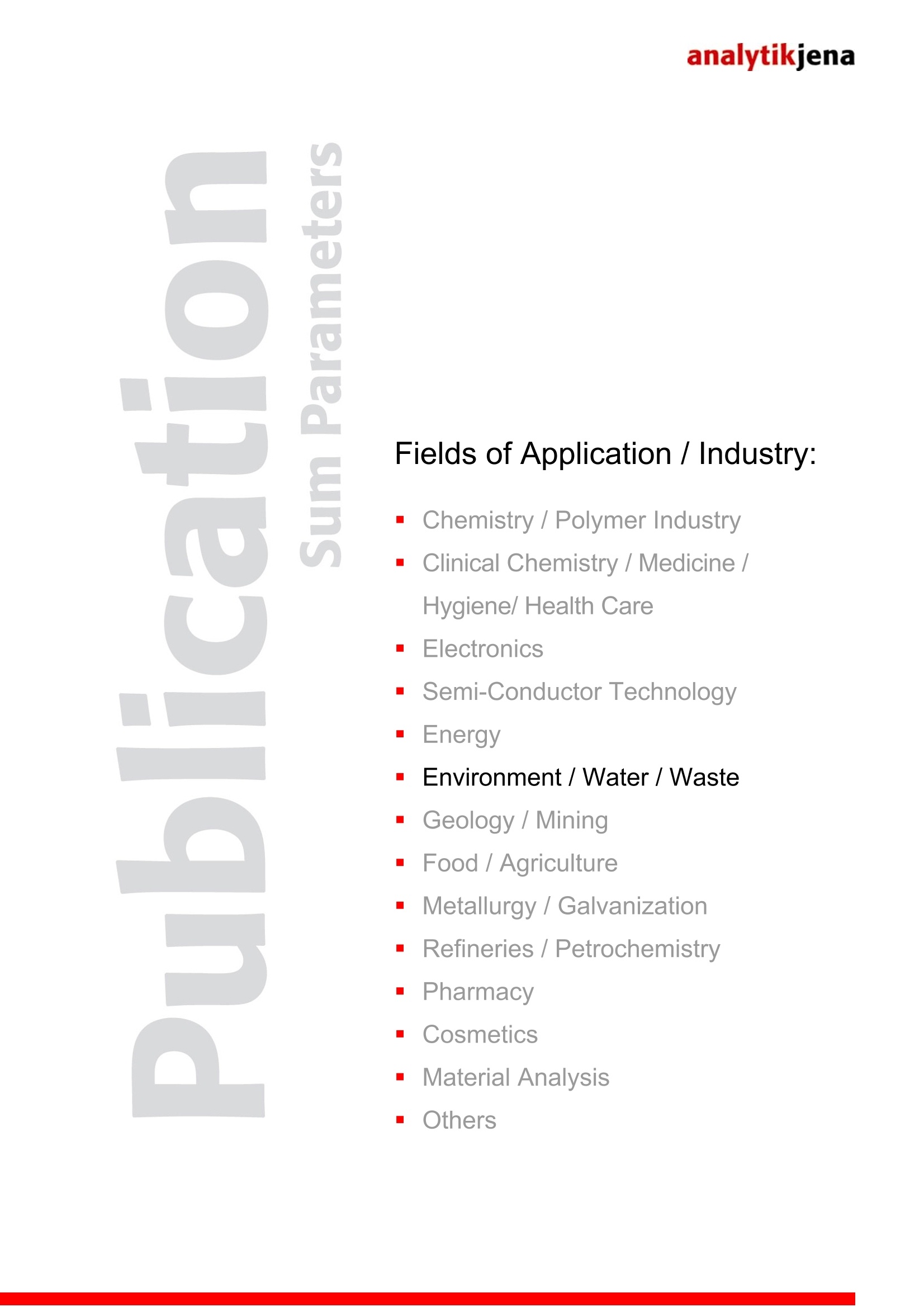
-
2/11
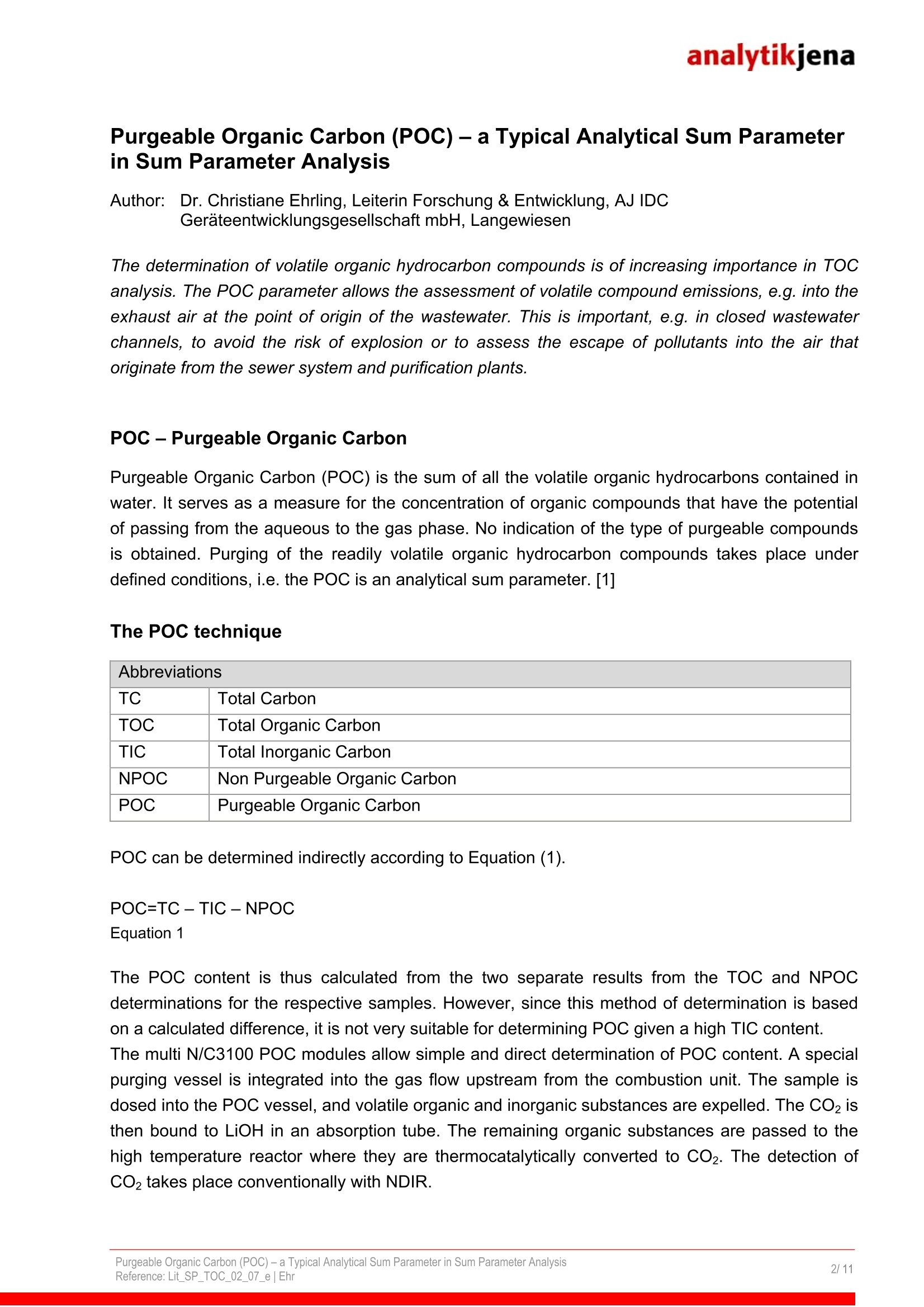
还剩9页未读,是否继续阅读?
继续免费阅读全文产品配置单
耶拿分析仪器(北京)有限公司为您提供《环境水中有机物综合指标检测方案 》,该方案主要用于环境水(除海水)中有机物综合指标检测,参考标准《暂无》,《环境水中有机物综合指标检测方案 》用到的仪器有德国耶拿 multi N/C 3100 TOC总有机碳/总氮分析仪、德国耶拿multi N/C 2100 TOC总有机碳/总氮分析仪、multi N/CPharma HT制药专用干法总有机碳/总氮分析仪。
我要纠错
推荐专场
相关方案


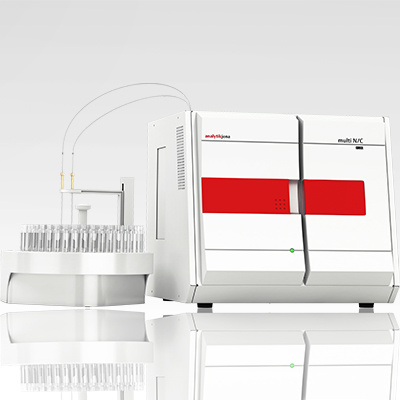

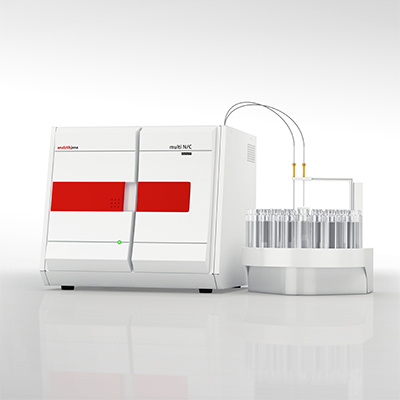
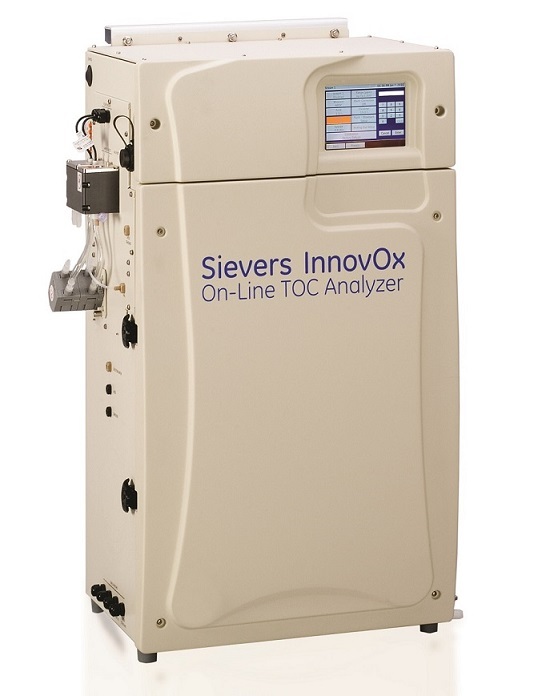
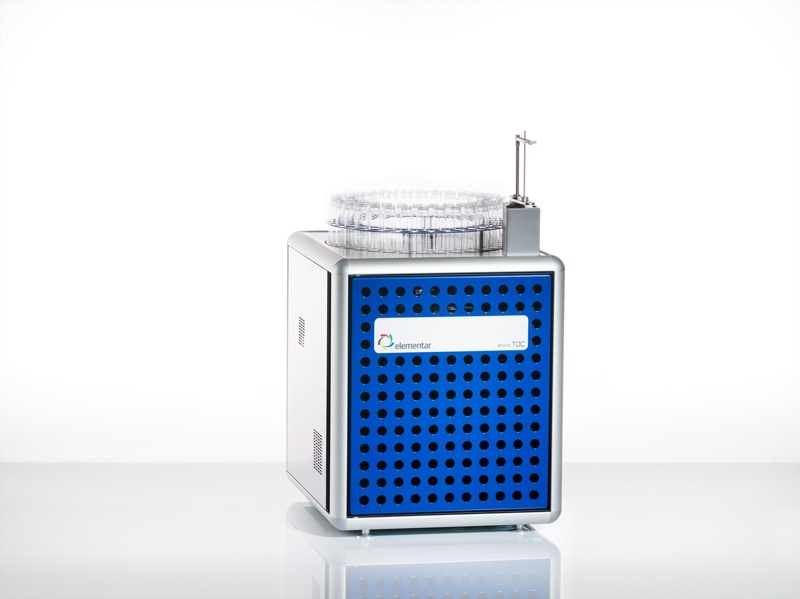
 咨询
咨询



